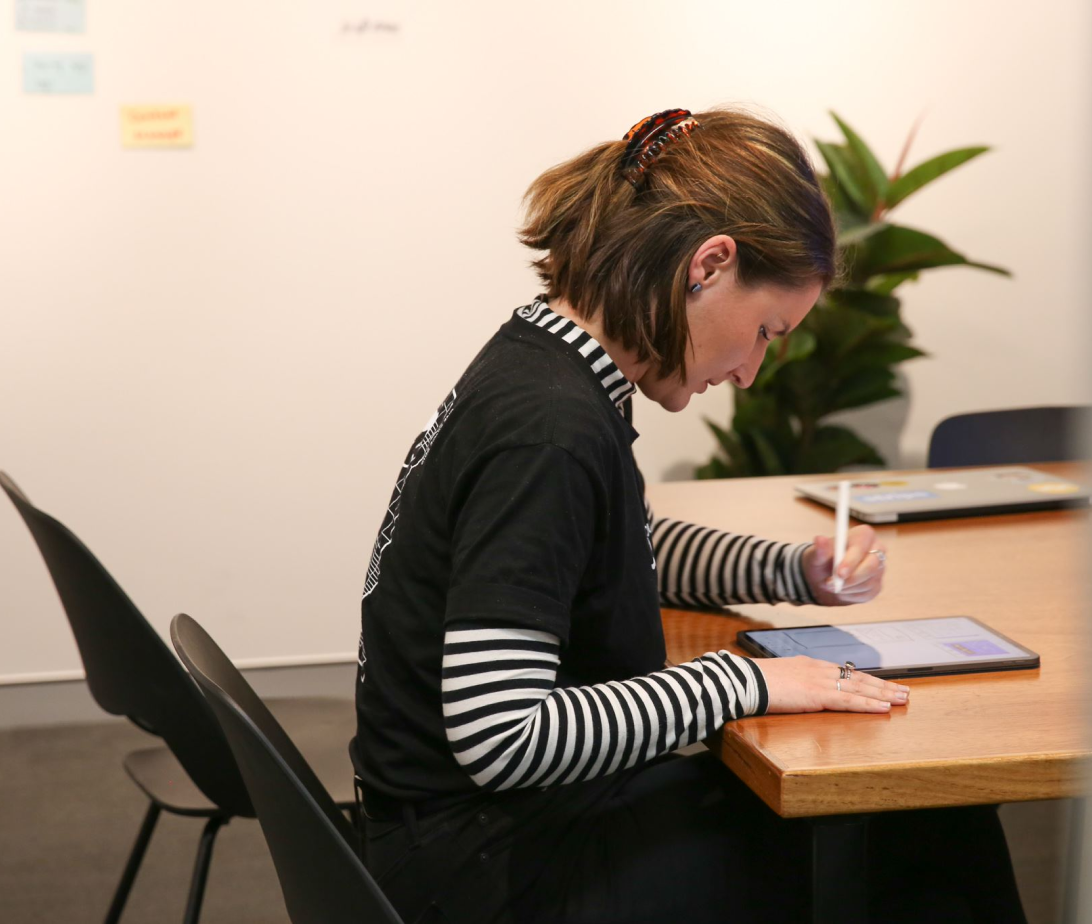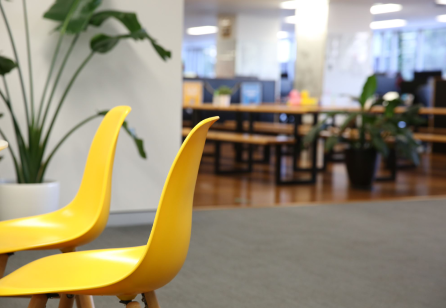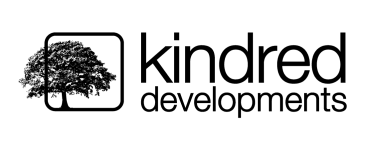



“4 years ago we had 68% of bookings online, we’re now up to 98%. At first building the application seemed like a big capital
outlay, but it paid for itself in 18 months and was the best thing we ever did.”
-
Liz Hemmens, CEO

“In the past, only 60% of customers got a response when making a real estate enquiry. After building custom software, in a 5 month
period 15,000 responses to enquiries have now been sent with a 100% reply rate.”
- Josh Kindred, CEO

“For me to train someone up on our previous system was a handbrake on our business. The biggest indicator that the project has been a success is that I haven’t had to work on it or in it allowing us to scale and grow.”
- Steven Prowse, CEO
Made with ❤️ in Milton, Brisbane (Meanjin) Australia.
WorkingMouse acknowledges the Traditional Owners and their continuing connection to land, sea and community. We pay our respects to them, their Elders, both past and emerging.










2025 WorkingMouse Pty Ltd. All Rights Reserved.